Earlier this summer, my teenage daughter expressed interest in planting raspberry bushes in our backyard. In the back of my mind, I thought about weeding, watering, bramble rangling, and additional care that might add to my workload when she starts college next fall. Since I am our designated lawn caretaker, anything outside the walls of our home falls on my shoulders, until I learn how to delegate. This was her project, not mine. Could I let her be the driver? I would have to let go of her sooner or later. I didn’t expect it this soon.
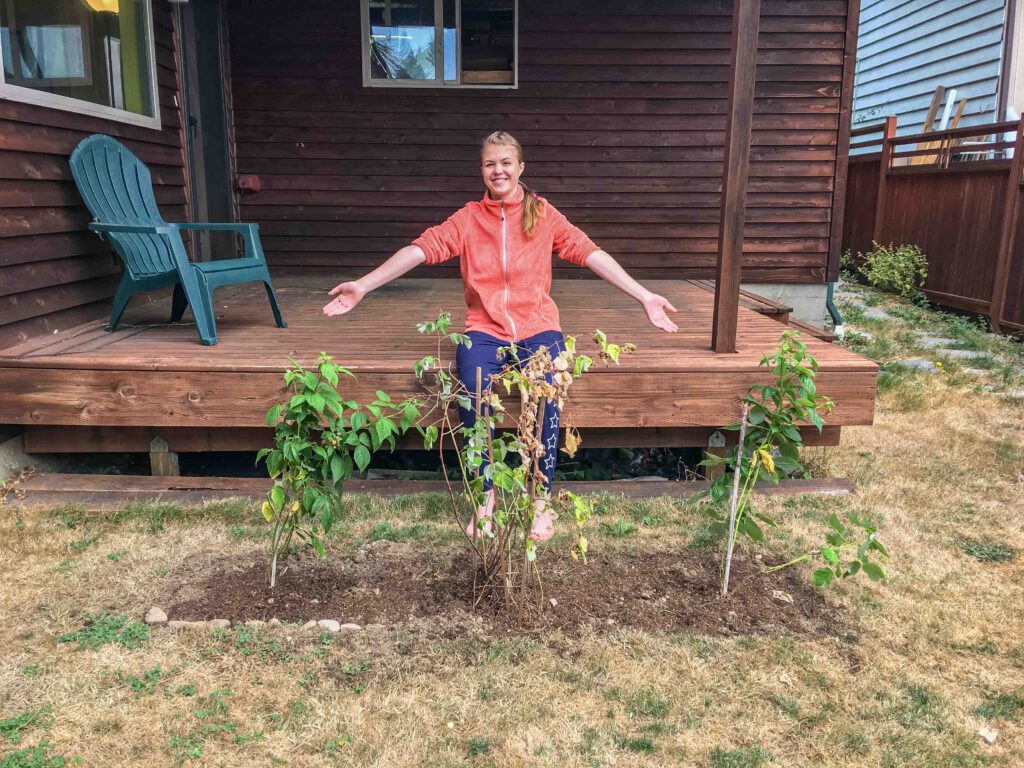
Don’t get me wrong, I adore time outside, from hiking and forest bathing to volunteering at Woodland Park Zoo, to grounding and journaling in our yard. But removing berry brambles, ivy, dandelions, and bamboo grass is my least favorite garden chore. Give me a pruner, lopper, lawnmower, broom, or rake and I’m happy. Did I really want to add more chores? Could I hand over this project to someone and keep my hands off? And what about the fruit? Ambivalence seized me: wanting and not wanting change at the same time.
Sound familiar?
Gardening During a Drought and Pandemic


If you have any sort of garden, you might think this is a silly topic to blog about. I’ve always thought of myself as having a brown, not green, thumb. I am quite proud of the fact that once we got our backyard wildlife habitat established in 2011, we turned it over to Mother Nature. Seems like I always forget to water my indoor plants, even succulents, African violets, or cacti, which are all supposed to be hardy.
If my daughter succeeded in cultivating raspberry bushes and they produced fruit, would she follow through on her promise to take care of them? Would they even survive one of the worst droughts the state has seen? Would our dog dig them up before they got established? Would future droughts wipe them out?
Teaching Teenagers about Goal Setting
We added “plant raspberries” to our family “to do” list on our 50/50 house project, but weeks passed without any progress. Would it be a wish that never bore fruit (pun intended)?
However, in mid-August, my husband decided to encourage and support her enthusiasm for raspberries. The two of them sat down and discussed the steps necessary to build a raspberry garden. After developing a list of questions, my husband gave my daughter an assignment to call the nursery before they closed at 6 p.m. the next day.
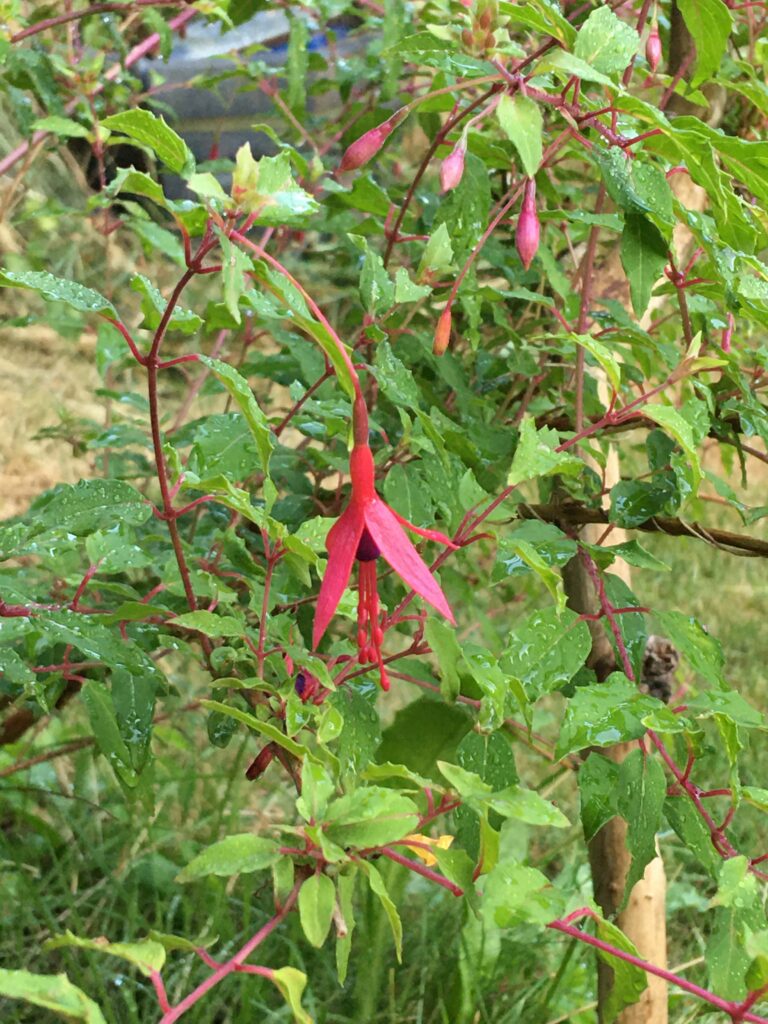
Setting SMART goals
What are the steps for setting goals? I’ve written and taught clients about SMART goals as they relate to climbing mountains, so I know that to make and accomplish a goal you need to keep it:
- Specific – plant three ever-bearing raspberry bushes in time to have fall fruit
- Measurable – provide a quantitative assessment so you know when you’ve achieved it
- Action-oriented – break the goal into small steps such as preparing the soil, calling about products and prices, acquiring plants, putting them in the ground
- Realistic – make sure you have time and means, then follow through
- Time-stamped – provide a deadline, IN WRITING, to commit.
In this case, if she wanted any chance of having berries this year, she had to follow through before the end of the week. She had the steps and support she needed, now she just needed a nudge. Were we missing anything?
Internal Resistance
It turns out that the SMART acronym does NOT address everything. What about a person’s internal resistance? Wanting something to change but also not wanting it at the same time? That was all on me.
I tried to focus on the positives: how walking her through a small project like this might spill over into large, seemingly insurmountable tasks like choosing a college, hunting for a job, finding an apartment. My husband had been the spearhead behind starting our company, twenty-three years ago, launching our extensive home remodel fifteen years ago, our yard project ten years ago, and planning most of our international vacations. He is a master planner. I’m more of a pantser–in writing terminology, someone who flies by the seat of my pants rather than outlining or plotting. (Not, as my teen pointed out, someone who yanks down pants!)
Part of the reason I felt compelled to start a blog all by myself was to own my path, to get myself unstuck, and to prove to myself that I can develop a growth mindset in other areas of my life. Why not teach that exact same process to our daughter? Today, she could be planting raspberry bushes; tomorrow, she might set a PR in javelin or choose the right college.
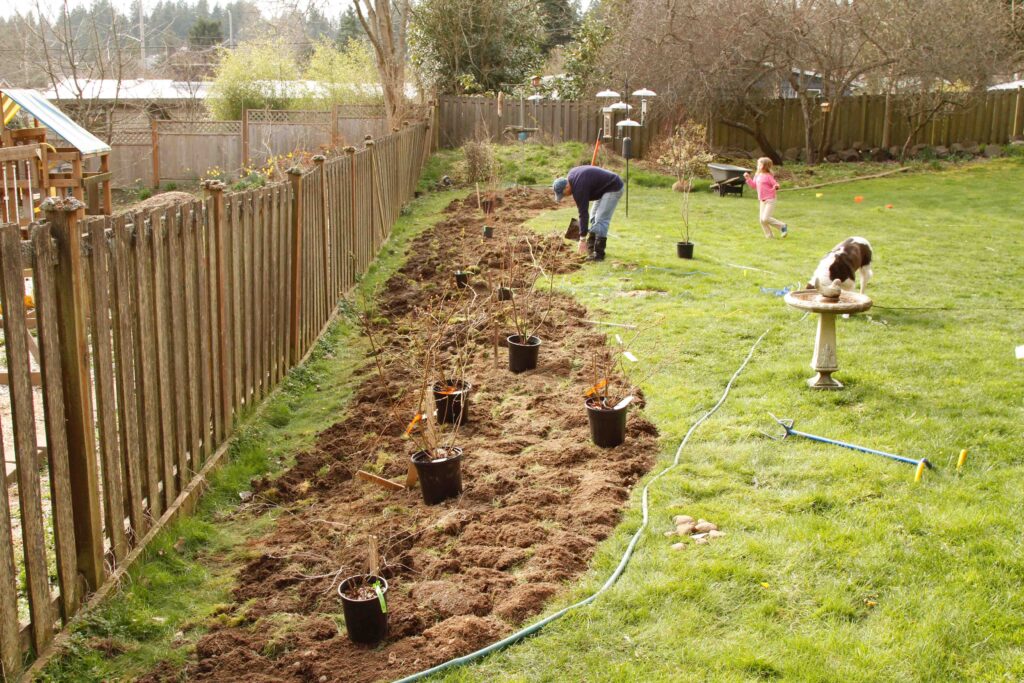
I thought about my daughter’s interest in painting a bird feeder for our yard a dozen years ago. That small interest set off a ripple effect that led to hundreds of family birding trips over the last decade. It led to my husband becoming a Master Birder through Seattle Audubon. Might her interest in growing raspberries lead to her becoming a gardener in the future or getting even more interested in science? We had to let her plant those proverbial seeds. Even if, in this case, the “seeds” were already plants.
Better yet, it might help me grow a growth mindset. Rewrite those negative messages. And if I was struggling, I could blog about the process and perhaps help others change. But the real “why” hit me after I finished my first draft of this blog post: Could letting her grow a garden help launch me into loosening the apron strings and letting her become the capable adult we both want her to become?
Appropriate Skills
Precision Nutrition’s Psychology of Change course has a slightly different approach to goal setting. They use GSPA, or goals, skills, practices, and actions. Once you set a specific “smart” goal – whether you want to lose weight, climb a mountain, publish a book, or plant a garden – you need to develop the skills needed to reach that goal.
For example, if you want to climb a mountain, you will need a different skill set than someone who runs marathons. While both require endurance, mountaineering involves carrying an overnight pack for many hours, over multiple days, on varied terrain with substantial elevation gain and loss. Distance runners often think climbing to the summit of a 14er will be easy… until they realize training only for endurance doesn’t yield success. What skills do you need to reach your goal?

In the case of gardening, a few of the skills we needed to teach our daughter were:
- Physicality – ability to dig dry soil, water plants, weed without getting prickled, and return things where they belong (are you laughing? then you don’t have a teenager!)
- Curiosity – ability to seek answers or ask questions of those who may know more than you
- Beginner’s mindset – ability to admit you don’t know everything (still laughing? see number one) and be willing to fail and learn from it
Right Practices
Someone writing a book will need the practice (i.e. habit) of consistently writing, even if that’s fifteen minutes a day. A person with a mountaineering goal will need to include strength training, pack carrying (i.e. hiking), alpine skills, and aerobic training. A gardener needs to develop observation skills by visiting the plants daily and learning about soil, leaf color, insects, and weeds. And all of these goals require patience.
Someone trying to develop a growth mindset needs to question those niggling thoughts racing through their mind. Is this truth? Where did I get this idea? Can I explore other ideas? If I believed this thought to be false, what might I replace it with?
In short, to replace a fixed mindset with a growth mindset, we need to be open to opportunities that can teach us to expand our horizons, try new things, and embrace making mistakes.
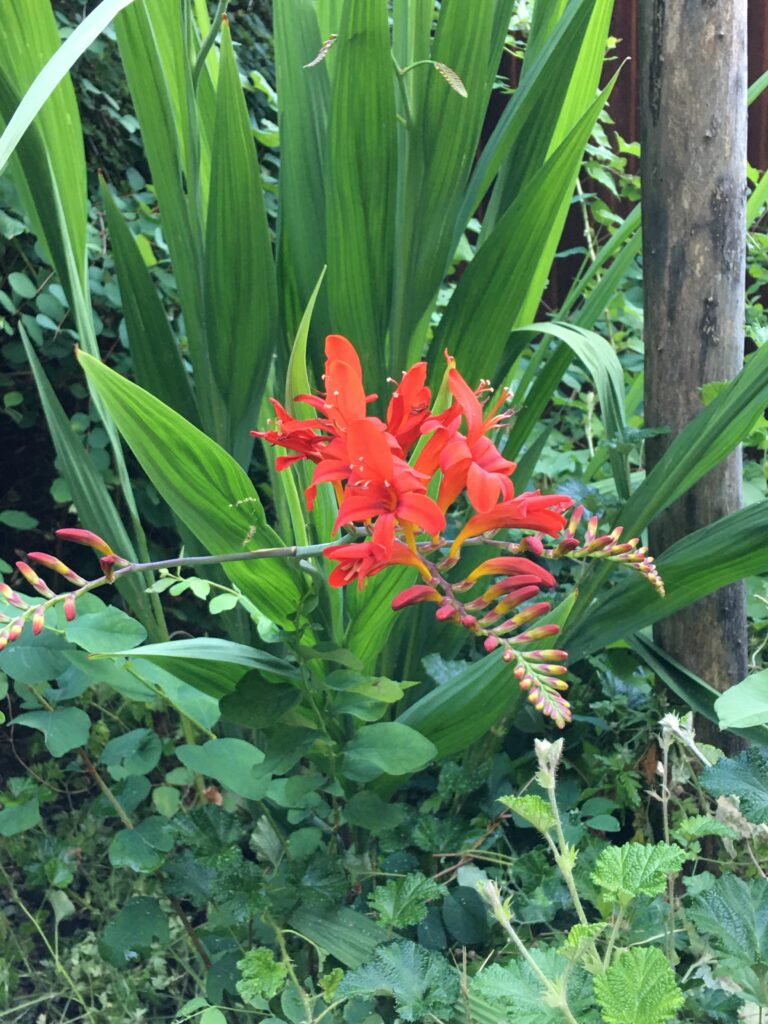
Bite-Sized Actions
What small actions can you take today to move toward your goal, whatever it may be? If you want to climb a mountain but you haven’t exercised consistently in months, can you start with regular walks around your neighborhood? If you already walk, can you try a short hike? If you can hike, can you add weight to your pack? Can you experiment with more elevation gain or maintain a faster pace?
If your goal is to summit Mt. Rainier, break it down to the skills, practices, and actions a person would need to succeed. If you want to start a blog, figure out what you will write about, how often you will post, and learn about web hosting options and writing software. Commit to a time each day to write. If you want to plant a garden, figure out what you want to plant, who has garden knowledge who would be willing to talk to you, and then acquire the seeds or starter plants and plant them.
On change
Change is hard, but it is not rocket science. Goal setting can be motivating. Getting past ambivalence and following through can be very challenging, especially when you are trying to relinquish control. I’m not proud of the fact that I have been a helicopter parent at times. I’m trying very hard to change that.
Try asking yourself why you want what you want. Ask yourself again, why is that important? Four more times, ask WHY until you touch on your deep core values and know what you’re really after. In this case, we are after an independent, self-assured child who can confidently head off to college in a year. Scary how much we still have to teach.

For me, despite my initial reservations about her project, buying into planting a raspberry patch meant providing my daughter with valuable life skills she can use for any goal. My husband and daughter worked hard on this project. My part? Merely the photographer. Once I saw the beaming smile on her face, I knew that letting her follow through with this was the right decision. Will the plants bear fruit? Will they survive the drought? Will they produce in coming years? Does it really matter?
Denis Waitley put it much more eloquently: “The greatest gifts you can give your children are the roots of responsibility and the wings of independence.” We already had the proverbial bird lesson covered (wings); we needed to get to the roots (via gardening.) My heartfelt gratitude to my daughter and husband for reminding me, in a bite-sized lesson, exactly what this blog is about: roots and wings and finding the courage to change.

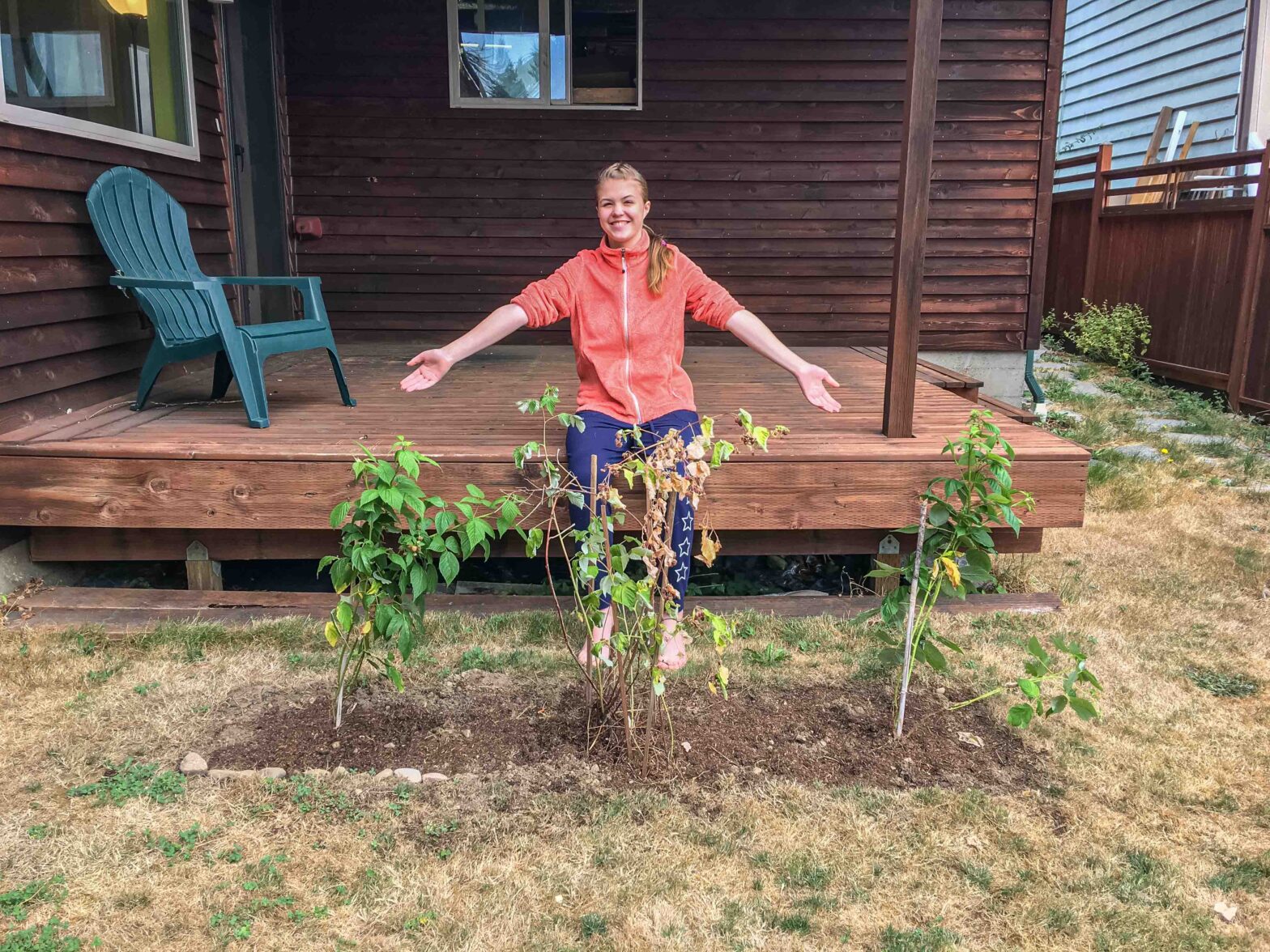
In this case, we bought two plants that had a few berries about to pop open (Ever-bearing plants apparently have two “seasons” for fruiting) and the other is probably past its prime (single season) but with the root will bear next year. Stay tuned!
Berries this year? I’m surprised. I thought it took a little longer for the plants to get established before bearing fruit. Yum, yum, whenever it is — raspberries are a favorite.
Great post! Love that you planted a fuchsia for Emily.
Thanks, Debbie! Yes, seeing it bloom every spring definitely reminds me of her. It was planted on the one-year anniversary of her passing (June 28). When I see the first few blooms, I say, “Welcome back, Emily!” Silly, but it does something soothing for me.
Another terrific post!
Thanks Elena!